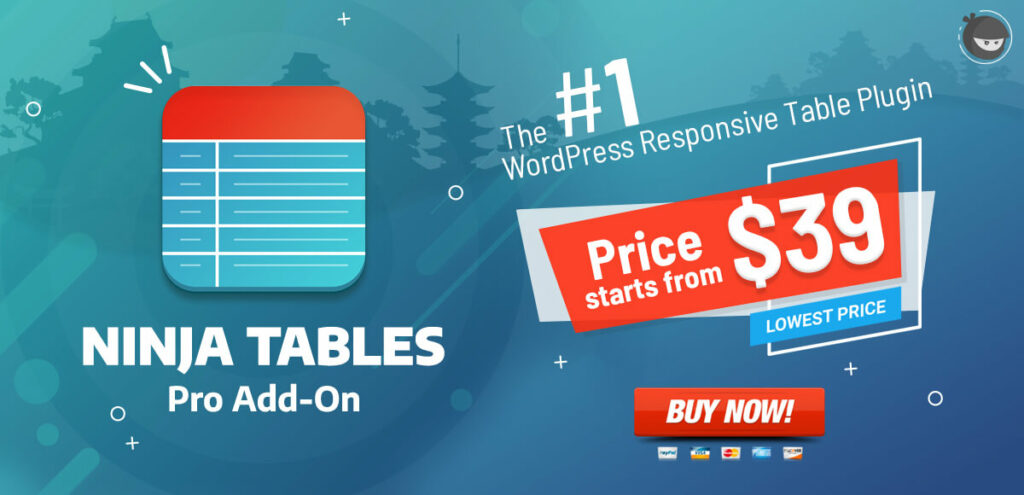“… just before we do something, you should know that how a blogger and a copywriter defines themselves. You may see “Are YOU blogging or copywriting?” for your better understanding…”. Have you just noticed the internal links of the above post? Well, today our blog post topic will be about this.
As you know, now-a-days search engines use links to crawl the web. The web crawlers
click every link the get in a page. Through this, it helps not only to find the web pages but also to rank them in SERP (Search Engine Result Page).
If we look around for its definition, we have the following,
“An internal link is a type of hyperlink on a webpage to another page or resource, such as an image or document, on the same website or domain.”
This simple thing can take to your blog’s level up so high. However, you have two kinds of linking. One of them is internal linking where another one is external linking. Now, the external linking one is quite controversial where the internal linking is quite appreciated one. Moreover, you may have better idea from “External Linking : A positive and Negative SEO”
So, keeping ‘External Linking’ on a side, let’s see how internal linking can help you to build a strong SEO for your website.
Why Internal Linking Is Necessary
Now, your question might sound like this that why you need it. From a search engine’s aspect, it brings up the very few best pages on a topic from the web. So, when you post a link or links to a blog, crawler follows them to find what they are about. If it seems similar to what your blog stands for, it took to its index and mark it.
All the process can be imagined by the voting process. When you link something to your post, it seems like the links are voting for yourself. It also let the search engine know about your vote.

It feels good if you see that more people are voting for your content. But, if you don’t start it by yourself, it will be pretty hard for search engines to detect your page as the best. Besides, this internal linking are worth for their direct connection to your content being important. But, you should consider not for this. Apparently, you should consider it because those links themselves pass their link authority.
This link authority actually carries an important role when it is being shared from that internal linking to your website. Because it makes valuable your blogs to search engines. So, if could properly apply this to your website, just think for a while. Yes, it would be so good.
Some of it can be pointed as
- Improving your ‘Page rank’
- Making Understood the context of the web page
- Giving access to different parts of the web page
- Improving user experience
Make Use Of Internal Linking
For this section, you need to know that search engine needs to be used effectively to bring up your post during results. Now, a search engine doesn’t work in a human way and that’s obvious. So, you have to make understood the search engines how valuable your blogs are. Begin it with the meaning of internal links and how a search engine deals with it.
7 ways of internal linking for improving
So, as far you’ve read, you know why this means so much for your website. And it makes legit sense to make it happen. Don’t you think so?
Ok, now let’s see how you can improve this deal with your website.
1.Make lots of content
It’s so basic that if you want to create a lot of internal links, you need a lot of internal pages. Some points are made for you to get easily understood.
- Some internal linking strategies propose extremely complex layers of pages, silos of content, and a mathematically balanced formula for a number of links to levels of pages.
- The first step to a killer internal linking strategy is to have a killer content marketing strategy.
- Internal linking doesn’t require organizational spreadsheets and trigonometric derivative charts.
- The more links to the more places, the better your internal linking strategy will be. In order to create lots of internal links, you have to have lots of internal pages.
-
Use anchor text
- In keeping with the content theme of internal linking, your internal links should use anchor text as opposed to linked images.
- Image links are fine, provided that images are not the main source of links, and assuming the image is properly alt-tagged.
- Just use natural, unoptimized sentence fragments as anchor text, and you’ll do just fine.
- The proper use of anchor text, of course, opens a new can of worms.
-
Use deep links
It’s simple that if you dig more, you will find more. The best links will be as most natural links in marketing strategy. But you should avoid these following links.
- Homepage related links : It actually indicates how weak your web page is
- ‘Contact Us”’ related links : Don’t use it unless it is absolutely important because it seems pretty annoying. And you don’t want that.
-
Use easy-to-get links
- The link value that gets distributed throughout the site is secondary to this key point — providing value to the reader.
- Content links are a strong signal to both the search engine and the user that the content you’re linking to is really good.
- One of the corollary benefits of internal linking is that it improves user engagement on your site.
- If that link is an internal one, the site visitor stays longer and becomes more involved in your website experience.
- When a user sees an informative link that truly matches the context of the content, they are likely to click on that link.
- Internal linking requires a user-focused approach to adding value and information.
-
Use Legit links
Think for a while, you visit a webpage and there you found a link. You clicked that link and you found yourself in a page where you can’t make any sense about how you get there. Yes, that’s hilarious.
So, it makes sense that when you are linking your web page, make sure those links are legit and relevant.
-
Use follow links
- One theoretical internal linking strategy of the past was to nofollow most of the links on a page, in order to increase the link juice to a single page.
- In spite of its value, however, using nofollow links is not a strategy you should be using as part of your internal content links.
-
Use a fair number of links
Now, a fair number of links is really a confusing question. Because it can’t be measured by any fixed process. It depends on how much you want your writing should mean. On the other hand, it doesn’t have to be a lot of.
Just use as many as it would help.
A proper use of internal linking can take your website to a higher place. But, it should be safe and sound otherwise, you may get a negative effect and that’s the thing you don’t want for sure.
If you want to know more about SEO and relevant issues, you can head over to the SEO interview related questions and answers.






Internal links are most useful for establishing site architecture and spreading link equity ( URLs are also essential). For this reason, this section is about building an SEO-friendly site architecture with internal links.
By the way! The best essay writing service – https://www.easyessay.pro/
And Happy New Year!
This article is a must read. Adding internal links to each content is necessary. It’s nice that you have discussed the its important and how to add it. By the way it’s nice that you’ve added a diagram . With internal links, navigating is much easier.
Yes, Al. Internal linking can boost the power of a website to search engines.